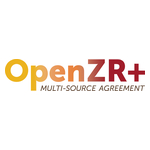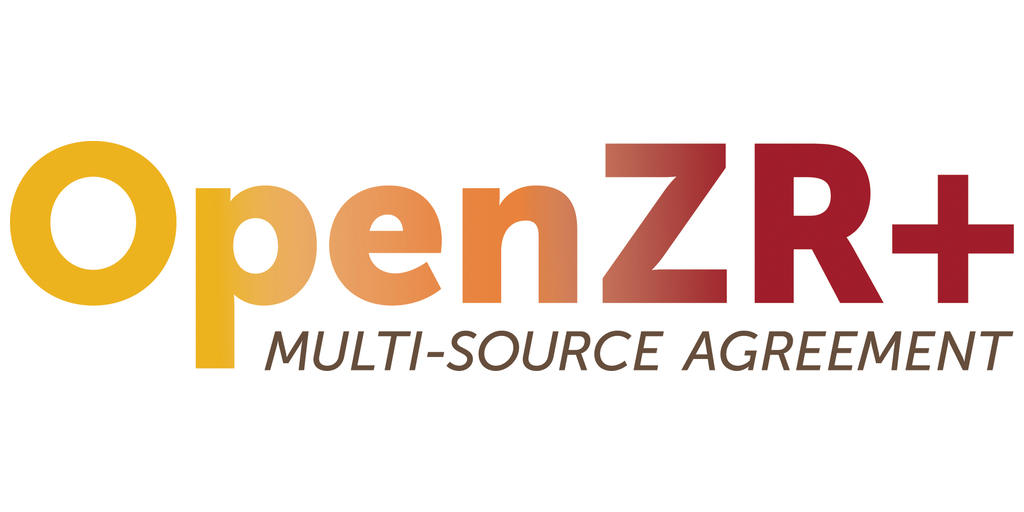Details on Testing and Results Now Available in New White Paper on the OpenZR+ MSA Group Website
MAYNARD, Mass. & YOKOHAMA, Japan–(BUSINESS WIRE)–The OpenZR+ Multi-Source Agreement (MSA) Group today announced the results of two successful interoperability test events at LightRiver, showing compatibility to the OpenZR+ specification and interoperability between optical transceiver modules from different vendors in two different routers by transporting 400 Gb/s traffic over various optical links. These testing events featured coherent optical transceivers from Cisco, Coherent, Fujitsu, Juniper Networks, and Lumentum operating on Cisco and Juniper routers. Detailed information on both events can be found in a new white paper now available on the OpenZR+ MSA Group website.
“The results of this multi-vendor interoperability testing validate the readiness of network operators to take advantage of 400G pluggables in order to cost-effectively scale their networks to meet growing bandwidth demands,” said Tom Williams, Co-chair of the OpenZR+ MSA Group.
“Not only does interoperability enable a more robust supply chain in the industry by allowing network operators to mix and match equipment and services from different providers, but it can also accelerate the adoption of new technology,” said Atul Srivastava, Co-chair of the OpenZR+ MSA Group.
Below is a brief summary of the two interoperability testing events:
- Phase 1 (August 2023): Verification that optical transceiver QSFP-DD-DCO modules comply to the OpenZR+ multi-source agreement in router platforms through the OIF CMIS compliant interface in loopback mode. Also verify that optical transceiver QSFP-DD-DCO modules from different vendors interoperate over a Single-Span link with 75 km of fiber.
- Phase 2 (September 2023): Multi-vendor Interoperability and performance testing over multi-span optical line system (OLS).
As outlined in the white paper, these two events demonstrated the following successful results:
- 400G OpenZR+ optical transceiver modules from multiple vendors operated in different routers
- All 400G OpenZR+ optical transceiver modules transported traffic with no post-FEC bit errors at receiver OSNR of 24 dB or less
- 400G OpenZR+ optical transceiver modules from five different vendors interoperated with each other
- 400G traffic was transported over a typical DCI use case with 75 km of fiber and a typical metro use case with multi-spans over 430 km of fiber.
About OpenZR+
OpenZR+ was designed to focus on Ethernet traffic with support for multiple host and line interface rates in form factors that are used for high-density 400G client optics, such as QSFP-DD and OSFP. The OpenZR+ modes utilize oFEC, which was originally specified by the Open ROADM MSA for carrier applications in metro networks, and support multi-vendor interoperability, providing network operators with an operationally efficient solution for DCI, metro and long-haul applications. For more information, please visit the MSA website openzrplus.org.
Contacts
Kelly Karr
PR for OpenZR+ MSA Group
[email protected]
408-718-9350








